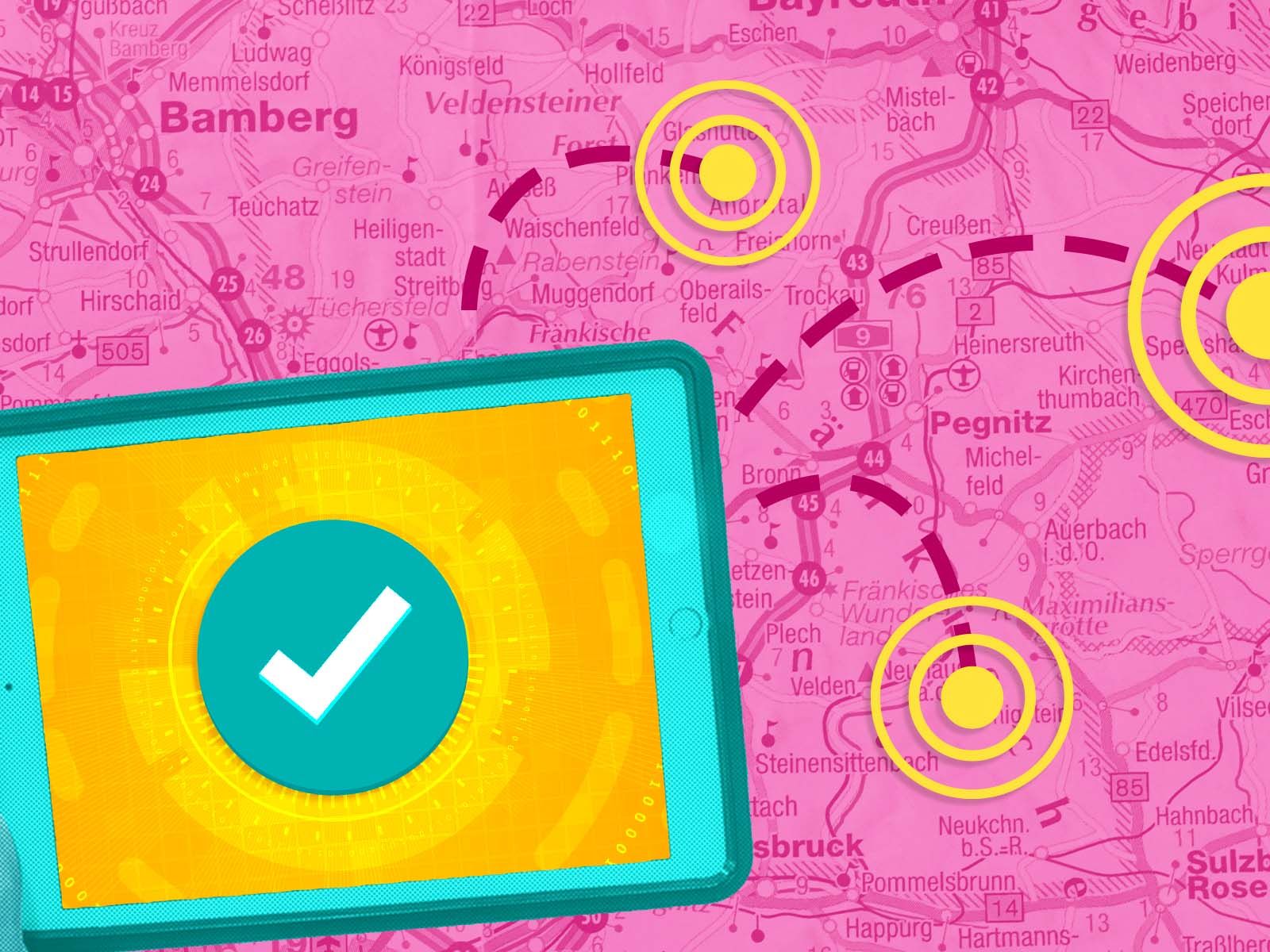Ever wondered how you can effortlessly connect and control your IoT devices from anywhere in the world? Remote IoT device connect is more than just a buzzword—it’s the future of smart living, and it’s here to stay. Imagine being able to adjust your thermostat, check your home security cameras, or even water your plants while you're on vacation halfway across the globe. Sounds futuristic? It’s not—it’s happening right now, and you’re about to learn how to make it work for you.
As technology continues to evolve, the Internet of Things (IoT) has become a game-changer for both individuals and businesses. Whether you're a tech enthusiast, a small business owner, or simply someone who wants to streamline their daily life, understanding remote IoT device connect is essential. In this article, we’ll dive deep into the world of IoT connectivity, breaking down complex concepts into easy-to-understand chunks.
But let’s not kid ourselves—connecting IoT devices remotely isn’t always a walk in the park. There are challenges, security concerns, and technical hurdles to overcome. That’s why we’ve crafted this comprehensive guide to help you navigate the ins and outs of remote IoT device connect. From setting up your devices to troubleshooting common issues, we’ve got you covered.
- Aditimistry Hot The Rising Star Whos Making Waves In The Industry
- Rosario Dawson Boyfriend 2025 The Inside Scoop On Her Love Life
Table of Contents
What is Remote IoT Device Connect?
Why Remote IoT Device Connect Matters
- Aditi Mistry Video Hd A Deep Dive Into Her Journey Controversies And Success
- Andrea Brillante Sex Scandal The Untold Story You Need To Know
Setting Up Your Remote IoT Device
Common Challenges and Solutions
Tools and Platforms for Remote IoT Connect
The Future of Remote IoT Device Connect
What is Remote IoT Device Connect?
Let’s start with the basics. Remote IoT device connect refers to the ability to access, monitor, and control IoT devices from a remote location. This could mean controlling your smart home devices from your smartphone, managing industrial sensors from a central dashboard, or even tracking your fitness tracker data from your laptop. The possibilities are endless, and the technology behind it is pretty darn cool.
Breaking Down the Concept
At its core, remote IoT device connect relies on a combination of hardware, software, and network protocols. Think of it like a virtual bridge that connects your devices to the internet, allowing you to interact with them no matter where you are. Here’s a quick rundown of how it works:
- Devices are equipped with sensors and communication modules.
- These devices connect to the internet via Wi-Fi, cellular networks, or other communication protocols.
- A cloud-based platform acts as the intermediary, storing data and enabling remote access.
- You use an app or web interface to interact with your devices from afar.
Simple, right? Well, kinda. There’s a lot more to it, but we’ll get into that later.
Why Remote IoT Device Connect Matters
In today’s fast-paced world, convenience is king. And remote IoT device connect delivers convenience in spades. Whether you’re a homeowner who wants to keep an eye on your property while you’re away or a business owner who needs to monitor operations in real-time, this technology has something to offer.
Key Benefits
Here are just a few reasons why remote IoT device connect is such a big deal:
- Increased Efficiency: Automate tasks and streamline processes without lifting a finger.
- Enhanced Security: Keep tabs on your devices and systems to prevent unauthorized access.
- Cost Savings: Reduce energy consumption and maintenance costs by optimizing device performance.
- Improved Flexibility: Access your devices anytime, anywhere, from any device.
But it’s not just about convenience. Remote IoT device connect also plays a crucial role in industries like healthcare, agriculture, and manufacturing, where real-time data and remote monitoring can mean the difference between success and failure.
The Basics of IoT
Before we dive deeper into remote IoT device connect, let’s take a step back and talk about IoT itself. The Internet of Things refers to the network of physical devices, vehicles, appliances, and other objects embedded with sensors, software, and connectivity that allow them to exchange data. In simpler terms, it’s the idea of connecting everyday objects to the internet.
How IoT Works
IoT devices collect data from their surroundings and send it to a central hub or cloud platform for processing. This data can then be analyzed and used to trigger actions or provide insights. For example:
- A smart thermostat collects temperature data and adjusts the heating or cooling system accordingly.
- A fitness tracker monitors your heart rate and activity levels, providing personalized health recommendations.
- An industrial sensor detects machine vibrations and sends alerts if something goes wrong.
Now, imagine being able to access all of this data and control these devices from anywhere in the world. That’s where remote IoT device connect comes in.
How Remote IoT Connect Works
Alright, so we know what remote IoT device connect is and why it matters. But how does it actually work? Let’s break it down step by step:
Step 1: Device Setup
First things first, you need to set up your IoT devices. This usually involves connecting them to a Wi-Fi network or other communication protocol and registering them with a cloud platform.
Step 2: Data Collection
Once your devices are connected, they begin collecting data from their environment. This data is sent to the cloud platform for storage and processing.
Step 3: Remote Access
Using an app or web interface, you can access your devices and view their data in real-time. You can also send commands to control the devices, such as turning them on or off, adjusting settings, or triggering actions.
Step 4: Feedback Loop
The devices then respond to your commands and continue collecting data, creating a continuous feedback loop that allows for seamless interaction.
It’s a pretty straightforward process, but there are a few things to keep in mind, which we’ll cover in the next section.
Setting Up Your Remote IoT Device
Setting up your remote IoT device doesn’t have to be complicated. With the right tools and a bit of know-how, you can get your devices up and running in no time. Here’s a step-by-step guide to help you get started:
What You’ll Need
- An IoT device (duh).
- A stable internet connection.
- A cloud platform or app for remote access.
- A smartphone, tablet, or computer with the necessary software installed.
Step-by-Step Instructions
- Power on your IoT device and follow the manufacturer’s instructions to connect it to your Wi-Fi network.
- Download the app or software associated with your device and create an account if necessary.
- Link your device to the app or platform by following the on-screen instructions.
- Test the connection by sending a command to your device and verifying that it responds correctly.
And that’s it! You’re now ready to start controlling your IoT devices from anywhere in the world.
Common Challenges and Solutions
As with any technology, remote IoT device connect comes with its fair share of challenges. But don’t worry—we’ve got solutions for all of them.
Challenge 1: Connectivity Issues
Solution: Ensure your devices are connected to a stable Wi-Fi network or cellular signal. Consider using a range extender or switching to a more reliable network provider if necessary.
Challenge 2: Security Concerns
Solution: Implement strong passwords, enable two-factor authentication, and keep your devices and software up to date with the latest security patches.
Challenge 3: Compatibility Problems
Solution: Check the compatibility of your devices with the cloud platform or app you’re using. If necessary, look for alternative platforms that support a wider range of devices.
By addressing these challenges head-on, you can ensure a smooth and hassle-free experience with your remote IoT devices.
Security Considerations
When it comes to remote IoT device connect, security should always be a top priority. After all, you’re essentially giving someone else (your devices) access to your personal data and home network. Here are a few security best practices to keep in mind:
- Use strong, unique passwords for all your devices and accounts.
- Enable two-factor authentication wherever possible.
- Keep your devices and software updated with the latest security patches.
- Limit access to your devices to trusted users only.
- Consider using a virtual private network (VPN) for added protection.
By following these simple steps, you can significantly reduce the risk of unauthorized access and data breaches.
Tools and Platforms for Remote IoT Connect
There are plenty of tools and platforms available to help you connect and manage your IoT devices remotely. Here are a few of our favorites:
1. Amazon Web Services (AWS) IoT
AWS IoT is a powerful platform that allows you to securely connect and manage billions of devices at scale. It offers features like device management, data analytics, and machine learning capabilities.
2. Microsoft Azure IoT
Microsoft Azure IoT provides a comprehensive suite of tools for building, deploying, and managing IoT solutions. It includes features like device provisioning, monitoring, and automation.
3. Google Cloud IoT
Google Cloud IoT offers a robust platform for connecting, managing, and analyzing IoT data. It integrates seamlessly with other Google Cloud services, making it a great choice for businesses already using the Google ecosystem.
These platforms are just the tip of the iceberg—there are plenty of other options out there, so be sure to do your research and choose the one that best fits your needs.
Real-World Applications
Remote IoT device connect isn’t just a theoretical concept—it’s being used in real-world applications across a wide range of industries. Here are a few examples:
1. Smart Homes
From smart thermostats to security cameras, remote IoT device connect is transforming the way we live. Homeowners can now control their devices from anywhere, making life more convenient and secure.
2. Healthcare
IoT devices are being used to monitor patients’ vital signs and provide real-time data to healthcare providers. This allows for more accurate diagnoses and better patient outcomes.
3. Agriculture
Farmers are using IoT sensors to monitor soil moisture, temperature, and other environmental factors. This helps them optimize crop yields and reduce water usage.
The possibilities are endless, and the impact of remote IoT device connect is only going to grow in the coming years.
The Future of Remote IoT Device Connect
So, where is remote IoT device connect headed? The future looks bright, with advancements in technology and increasing adoption across industries. Here are a few trends to watch out for:
1. Increased Integration
As more devices become connected, we’ll see greater integration between IoT systems and other technologies like artificial intelligence and machine learning. This will enable smarter, more autonomous systems that can adapt to changing conditions in real-time.
2. Enhanced Security
With the rise in cyber threats, security will remain a top priority for IoT developers. We can expect to see more advanced encryption techniques, biometric authentication, and other security measures to protect our devices and data.
3. Wider
- Aditi Misty Nipples Unveiling The Truth Behind The Hype
- Hdhub4utv Your Ultimate Destination For Highquality Entertainment


